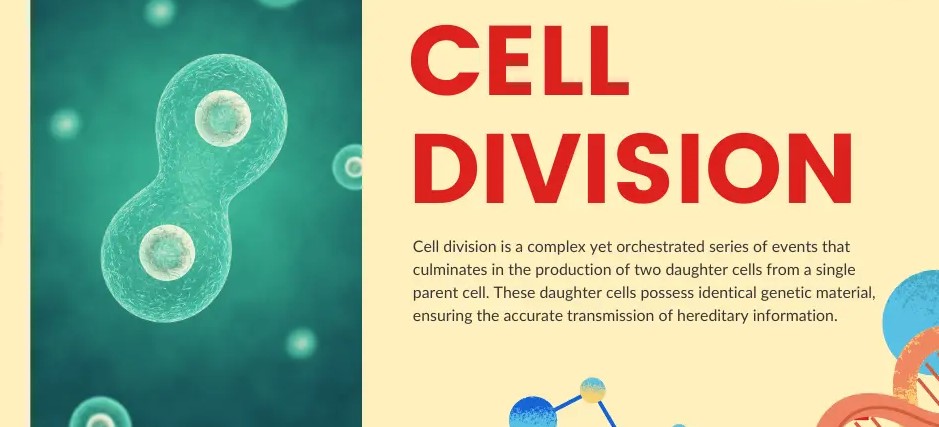May 6 (Punjab Khabarnama) : Scientists at Umea University in Sweden have shown that the movement of a unique protein complex known as the Mediator along DNA genes may affect the process of cell division. The finding might be significant for next studies on the management of particular illnesses.
“We have gained in-depth knowledge of how cell division is controlled, which is important for understanding the causes of various diseases that are due to errors in cell division, such as various tumour diseases,” says Stefan Bjorklund, professor at the Department of Medical Biochemistry and Biophysics at Umea University and lead author of the study.
In each cell there is a machinery called the ribosome. It creates proteins using DNA as a template, which are essential for almost all cellular functions. But first, in a process known as transcription, the cells must make a copy of the instructions into mRNA.
The research team at Umea University has discovered how the Mediator, a protein complex in the cell nucleus, can bind to DNA and interact with another protein complex, Lsm1-7, to regulate the production of proteins that make up the ribosomes. The study shows that when cells grow too densely, cell division slows down. When this happens, the mediator moves to the end of the genes where it interacts with Lsm1-7. This has the dual effect of both slowing down the reading of the genes and interfering with the maturation of mRNA. This, in turn, leads to a reduced production of ribosomal proteins and thus a slower cell division.
A possible direction of future research may be to study whether it is possible to control the position of the mediator, in order to inhibit rapid cell division, for example in tumours.
“We are still early in the research in the field, so more studies are needed before we can say that this is a viable path, but it is an exciting opportunity,” says Stefan Bjorklund.
The study has been conducted in yeast cells that serve as a good model when it comes to understanding basic mechanisms that work in a similar way in more complex systems such as animal and plant cells.

